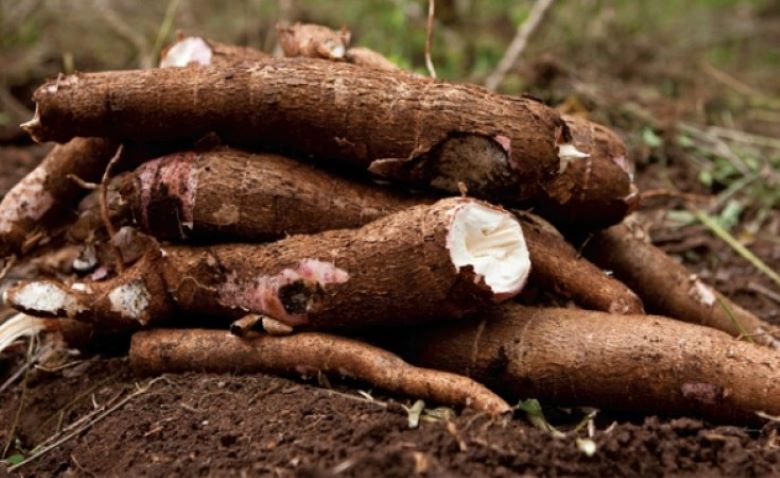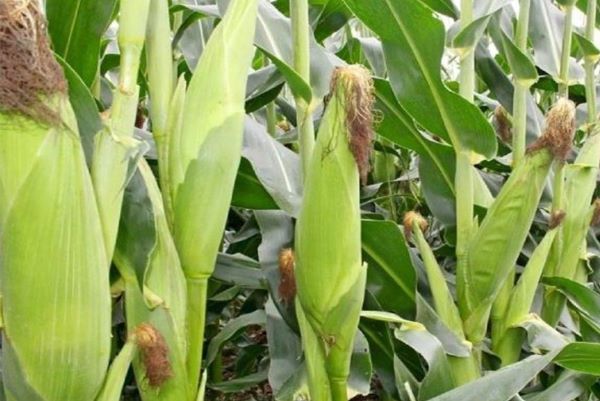Rwanda’s agricultural landscape saw a shift in 2025 Season A, with cassava and Irish potato production recording significant growth while maize and bean yields dropped slightly.
These findings were presented in the Seasonal Agricultural Survey (SAS) for 2025 Season A, published by the National Institute of Statistics of Rwanda (NISR) on June 2.
The report paints a nuanced picture of the country’s staple crop performance, highlighting regional strengths, yield disparities, and farmer input practices.
Maize, once a reliable staple, experienced a 5 per cent decline in output compared to the same season in 2024. The total harvest stood at 481,246 metric tonnes, with the cultivated area also shrinking by 2 per cent to 244,095 hectares.
Despite this drop, the Eastern Province, especially the districts of Nyagatare, Kirehe, Gatsibo, and Kayonza, remained strongholds for maize cultivation.
Productivity gaps between farmer types were evident; large-scale maize farmers averaged 4.1 tonnes per hectare, while smallholders achieved less than half that, at just 1.9 tonnes per hectare.
Bean production also declined slightly, falling by 1 per cent to 230,456 tonnes. Cultivation decreased marginally, with 327,147 hectares planted, a 0.6 per cent drop. The most productive districts for beans included Gatsibo, Gicumbi, Kirehe, and Ngoma.
In contrast, Irish potato and cassava crops experienced an encouraging rise. Irish potatoes reached 475,785 tonnes, a 3 per cent increase from the previous year, with consistent cultivation over 54,485 hectares.
The Northern Province, particularly Nyabihu, Rubavu, Musanze, and Burera, stood out in this category. The crop’s national average yield was 8.7 tonnes per hectare, with large-scale farmers exceeding this with an average of 11.4 tonnes per hectare.

Cassava production led the gains, surging to 542,874 tonnes, a 5 per cent rise from 2024. This increase came despite a slight reduction in cultivated area to 247,839 hectares.
Productivity remained strong, averaging 13.5 tonnes per hectare among smallholders and an impressive 17.9 tonnes for larger-scale farmers. Ruhango, Nyanza, Ngoma, Kamonyi, and Kayonza were the top-producing districts.
Other crops, such as sweet potatoes and bananas, faced declines. Sweet potato production dropped by 5 per cent to 656,320 tonnes, mainly due to a 13.8 per cent decrease in the cultivated area.
Banana output fell slightly by 1.3 per cent to 1,278,234 tonnes, although the Eastern Province remained dominant in its cultivation.
Paddy rice posted modest growth, increasing by 1 per cent to 69,680 tonnes. It was mainly produced in Nyagatare, Gisagara, Gatsibo, and Bugesera districts.
The national average yield stood at 4.1 tonnes per hectare, with large-scale farmers matching this figure, while smallholders lagged behind with 2 tonnes per hectare.
The survey also revealed variations in farming practices. Only 37.3 per cent of farmers used improved seeds, a key factor in boosting productivity. Of these, 85.4 per cent were large-scale farmers, in contrast to just 35.9 per cent among smallholders.
Improved seeds were mostly sourced from NGOs and private companies, which supplied 41.8 per cent, followed by agro-dealers at 33.2 per cent.
Fertilizer use remained high, with 88 per cent of farmers applying organic fertilizers and 63.2 per cent using inorganic ones. Pesticides were used by 41.9 per cent of the farming population, while irrigation methods were adopted by only 13.4 per cent.
Soil conservation efforts were notably strong, with 90.3 per cent of farmers implementing anti-erosion measures. Overall, Rwanda’s 2025 agricultural season presents a complex but informative picture.
The report underscores the need for broader access to quality inputs and more support for small-scale farmers to close the yield gap and ensure sustainable agricultural development.

